Memories of playing on a runaway train that went down the hill 75 years ago
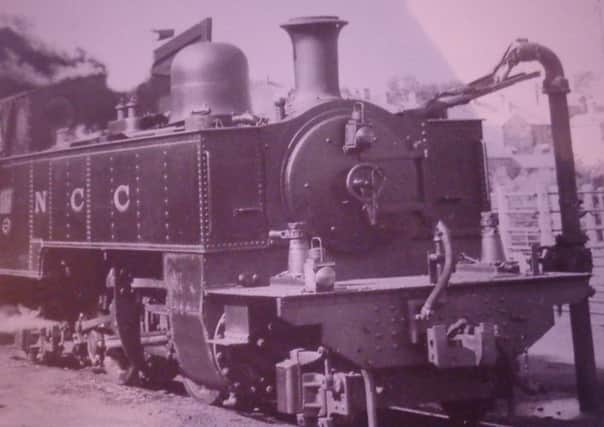

Hailing from the area but now living in Canada, regular Roamer-contributor Mitchell Smyth today shares his account of an unexpected drama on the line on 9th January 1943.
North Antrim’s older folk still refer to it as “the runaway train”.
Advertisement
Hide AdAdvertisement
Hide AdEngine number 41 was hauling two passenger carriages, 10 freight wagons each carrying ten tons of artificial fertiliser, and a brake van, to Ballycastle.
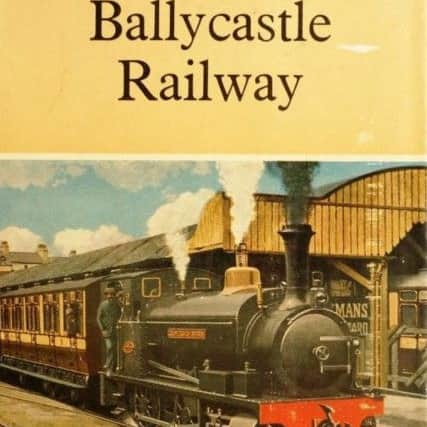

There’s a steep decline (1 in 50) after Capecastle, before Armoy.
On the straight below the Ballylig curves, the freight wagons accelerated.
Engine driver James McKissick could do nothing about it.
In his book entitled The Ballycastle Railway, author Edward R Patterson writes: “Bob Devenny, in the (brake) van…put on his van brake but it failed to hold the train.”
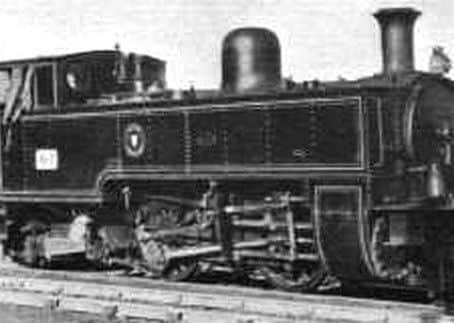

Advertisement
Hide AdAdvertisement
Hide AdPatterson reckons that the van skidded “a good part of the way down the hill” with the heavy wagons heaving the carriages and the engine.
There’s a sharp left-hand bend over the Tow River viaduct, about 500 yards from the station, and when the crew waiting to take the train back to Ballymoney – Barry Limerick and Jack McDuff– saw the train hurtling down they were sure it would leave the rails on the bend.
Somehow it stayed on track.
At this point, people say, the train was doing around 60 mph, at least five times faster than usual.
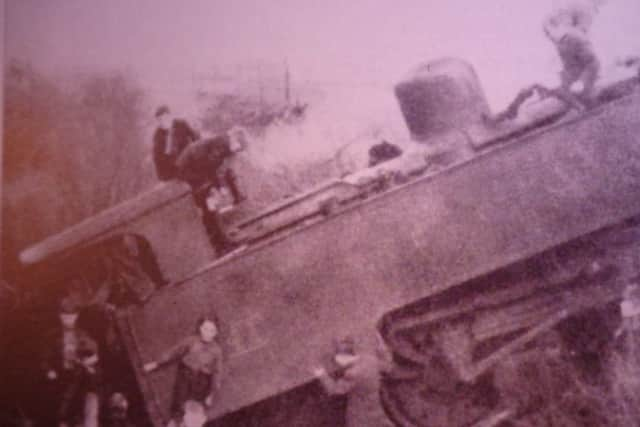

In his book, Edward Patterson records: “John Heffron (the fireman) was standing on the lower step as they entered the station and as soon as they were clear of the points he jumped clear.”
Advertisement
Hide AdAdvertisement
Hide AdMcKissick stayed on the footplate of engine 41, doing what he could to slow the train.
According to Patterson the engine “went through the buffer stop, taking it with her like a piece of paper, demolished the fence, crossed the roadway, went through another fence and finally plunged into a stream”.
McKissick suffered minor injuries.
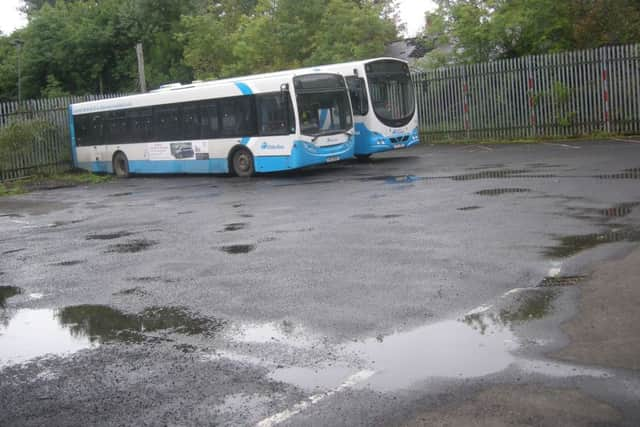

Remarkably, on one else was hurt.
And, just as remarkably, none of the stock overturned.
The spot where the train barrelled across the roadway was the lower end of Station Road were the town’s taxicabs usually waited for fares.
They’d have been right in the path of the runaway.
For some reason that day they’d parked at different spots.
Hugh Simpson’s taxi was blocked from Ann Street (the main street) by the train splayed across the road.


Advertisement
Hide AdAdvertisement
Hide AdThe other two cabbies, Pat Duffin and Sammy Smyth, were parked just short of where the train overshot.
(Sammy Smyth was Mitchell’s dad and “often talked of the runaway train”.)
Some 60 volunteers worked through the night disconnecting the carriages from Engine 41 and getting them back on the rails.
It was several days before a couple of heavy-duty tractors arrived to haul the locomotive out of the stream.
Advertisement
Hide AdAdvertisement
Hide AdMeanwhile small boys had the time of their lives clambering all over the engine – “something that the authorities wouldn’t allow today,” says Mitchell, who stopped with his chums at the wreck on their way home from school.
“My abiding memory,” he says, “is of playing engine driver, but unlike some of my friends, it didn’t spark an ambition for a career in transportation.”
The stream is now paved over, below the Station Road car park.
People who have seen pictures of the boys playing on the engine wonder why its rear end, not the front end, is in the stream.
Advertisement
Hide AdAdvertisement
Hide AdThat’s because there was no turntable at Ballymoney, so the engine drove forward to Ballymoney and returned to Ballycastle in reverse.
On 3rd July 1950, the train, pulled by engine number 43, made the last run to Ballycastle.
It stopped for a moment a little bit short of the station and some people climbed aboard, including a group of kids who called themselves ‘the Ann Street Gang’ (Mitchell was a ‘gang-member’).
They rode the last 100 yards into the station.
“It all passed very quietly – no band, no speeches, no farewells,” Mitchell recounts “but we all knew it was the end of an era.”
Advertisement
Hide AdAdvertisement
Hide Ad“Apart from the folklore of the runaway train, about the only reminder of the railway in Ballycastle today is the stone arch viaduct over the Tow River, at the sharp left-hand bend where the runaway amazingly stayed on the rails.”
Patterson’s book, on display in the Ballycastle historical museum, also contains an amusing anecdote about the opening day of the narrow-gauge line on 18th October, 1880.
Bigwigs from all over Co Antrim and north Londonderry were present for the gala dinner in a huge marquee tent, Patterson says, and “ample supplies of champagne, of the very best and choicest quality” were on hand.
There was so much bubbly around, the book says, that some would not be missed, so a worker grabbed a case and buried it at the edge of the railway yard, intending to recover it when the guests had gone.
Advertisement
Hide AdAdvertisement
Hide AdBut he was transferred to Ballymoney and when he got back, three weeks later, the yard had been newly paved.
Patterson concludes “a dozen bottles of vintage champagne… lie buried in the Ballycastle station yard…The yard contains buried treasure.’’
The Ballycastle station is now the local bus depot and the yard is a bus park.
“I wandered in last year,” says Mitchell “but I was sent packing.
“It’s private property.”